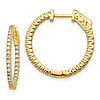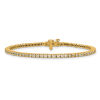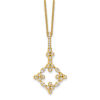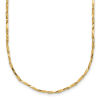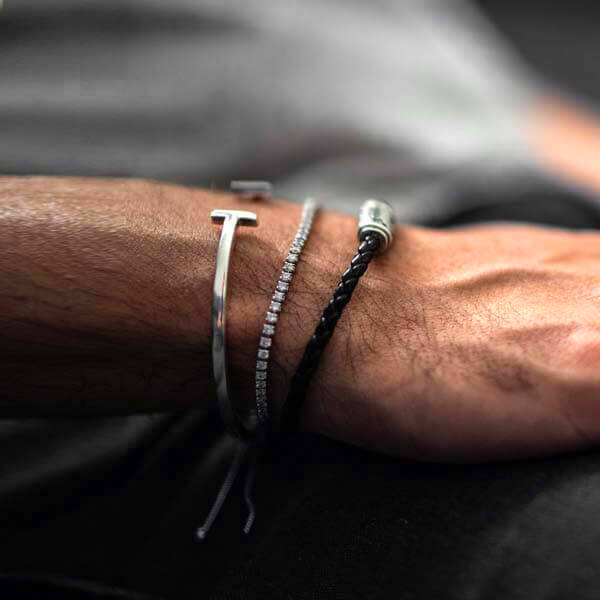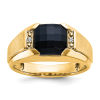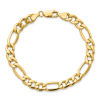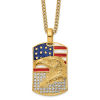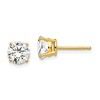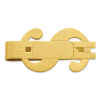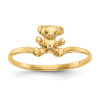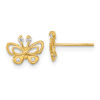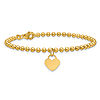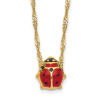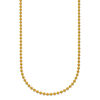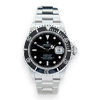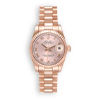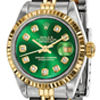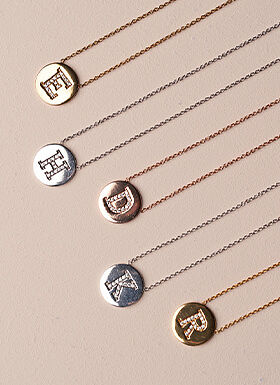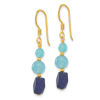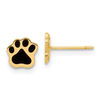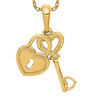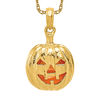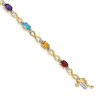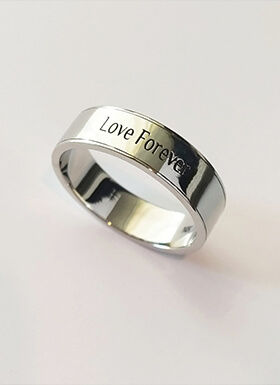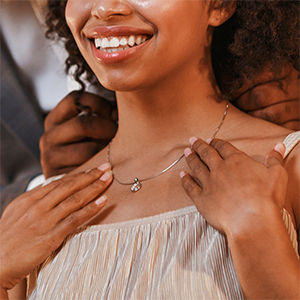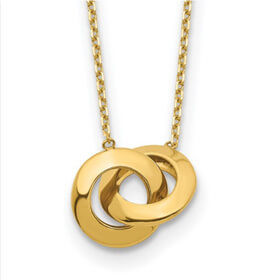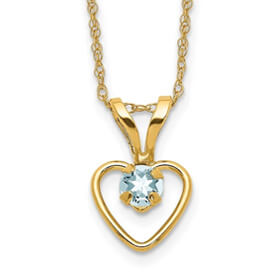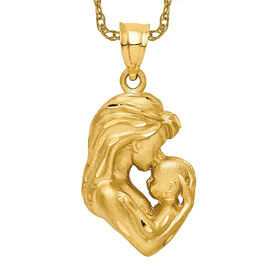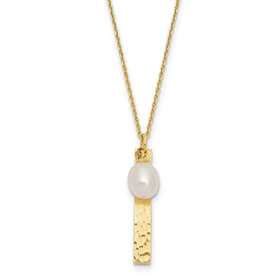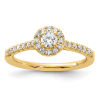
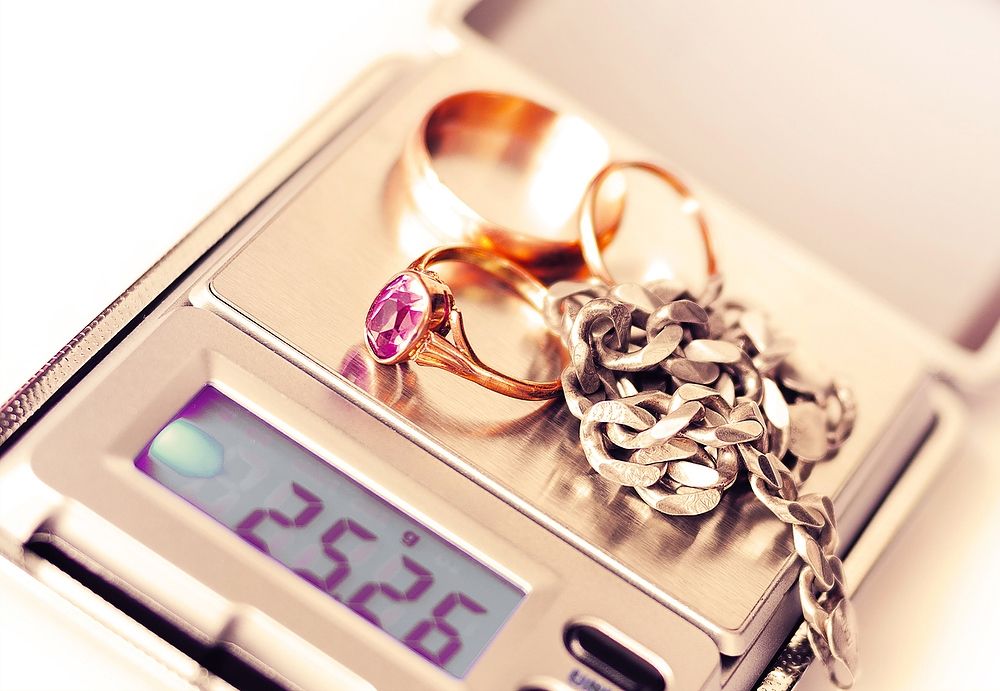
How Much Does Your Jewelry Weigh in Pennyweights & Grams?
Knowing the basics of pennyweight and grams and how to calculate jewelry weight can help you get the best value for your jewelry.
How to Weigh Jewelry: The Basics of Pennyweight and Grams Jewelry is a popular way to show off your style and express yourself. When buying jewelry, you should know how jewelry weights are measured. This article will explore the basics of pennyweight and grams, the types of jewelry weights, factors that impact jewelry weight, how to calculate jewelry weight, and the benefits of knowing jewelry weight. What are Pennyweight and Grams? Pennyweight and grams are two common measurements for weighing jewelry. Pennyweight (abbreviated dwt) is a traditional unit of measure primarily used to weigh precious metals like gold, silver, and platinum. It equals 1/20th of a troy ounce, slightly larger than a standard ounce. One pennyweight is equal to 24 grains, and 1 grain is equal to 0.0648 grams. Grams are a metric unit used to weigh all types of jewelry, including precious metals. How Jewelry Weights are Measured Jewelry is weighed using a digital jewelry scale. The digital scale will display the weight in either pennyweight or grams. Some scales also have a conversion button that will allow you to switch between pennyweight and grams. Types of Jewelry Weights Jewelry comes in many different shapes and sizes, so the weight of each piece will vary. Here are some common types of jewelry and their typical weights: Rings Rings vary in weight based on the type of metal, the size of the ring, and the design. A simple gold band can weigh as little as 1 gram, while a large diamond ring may weigh up to 10 grams.
Necklaces Necklaces also vary in weight based on the type of metal, the size of the necklace, and the design. A simple gold necklace can weigh as little as 3 grams, while a diamond necklace can weigh up to 20 grams. Shop Necklaces
Bracelets Bracelets vary in weight based on the type of metal, the size of the bracelet, and the design. A simple gold bracelet can weigh as little as 2 grams, while a diamond bracelet can weigh up to 30 grams.
Earrings
Earrings vary in weight based on the type of metal, the size of the earrings, and the design. A simple gold earring weighs as little as 0.5 grams, while a diamond earring weighs up to 5 grams.
Factors that Impact Jewelry Weight
Several factors, including the type of metal, the carat weight, and the design, impact jewelry weight.
Metal Type
The type of metal used in the jewelry will affect the weight. For example, gold is heavier than silver.
Carat Weight
The carat weight of the gemstones used in the jewelry will also affect the weight. The larger the gemstone, the heavier the jewelry will be.
Design
The design of the jewelry can also affect its weight. A more intricate design may require more metal, increasing the weight.
Calculating Jewelry Weight
Calculating jewelry weight can be done using a jewelry calculator. The calculator will allow you to enter the type of metal, the carat weight, and the design and will provide the weight in either pennyweight or grams. You can also convert between pennyweight and grams using the jewelry calculator.
Benefits of Knowing Jewelry Weight
Knowing jewelry's weight can be beneficial in several ways. You can use jewelry weight to determine the value of the jewelry, compare prices, and ensure quality.
One-stop destination for the latest trends in fashion and jewelry
